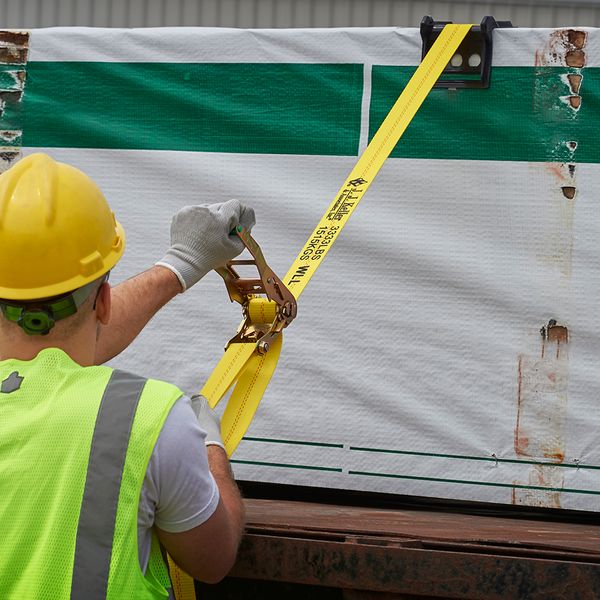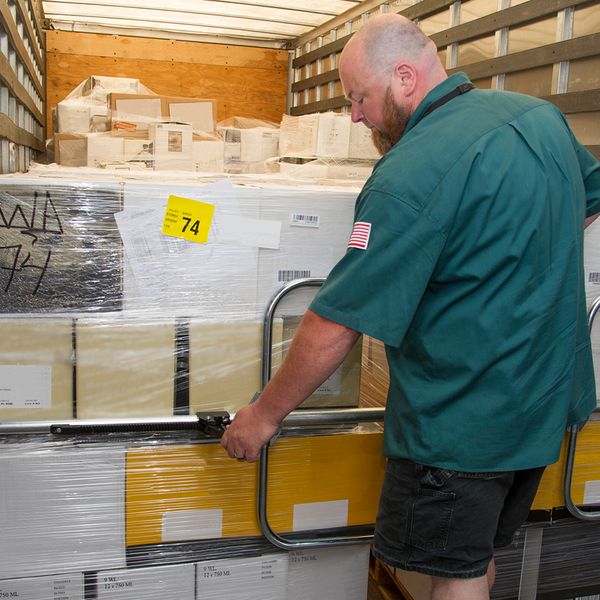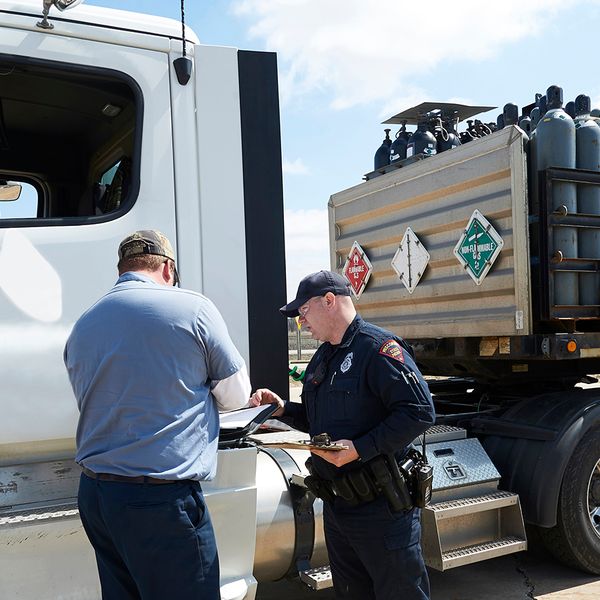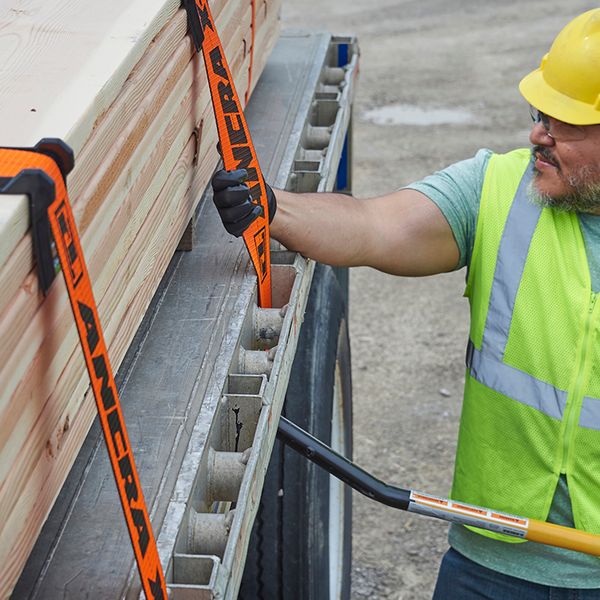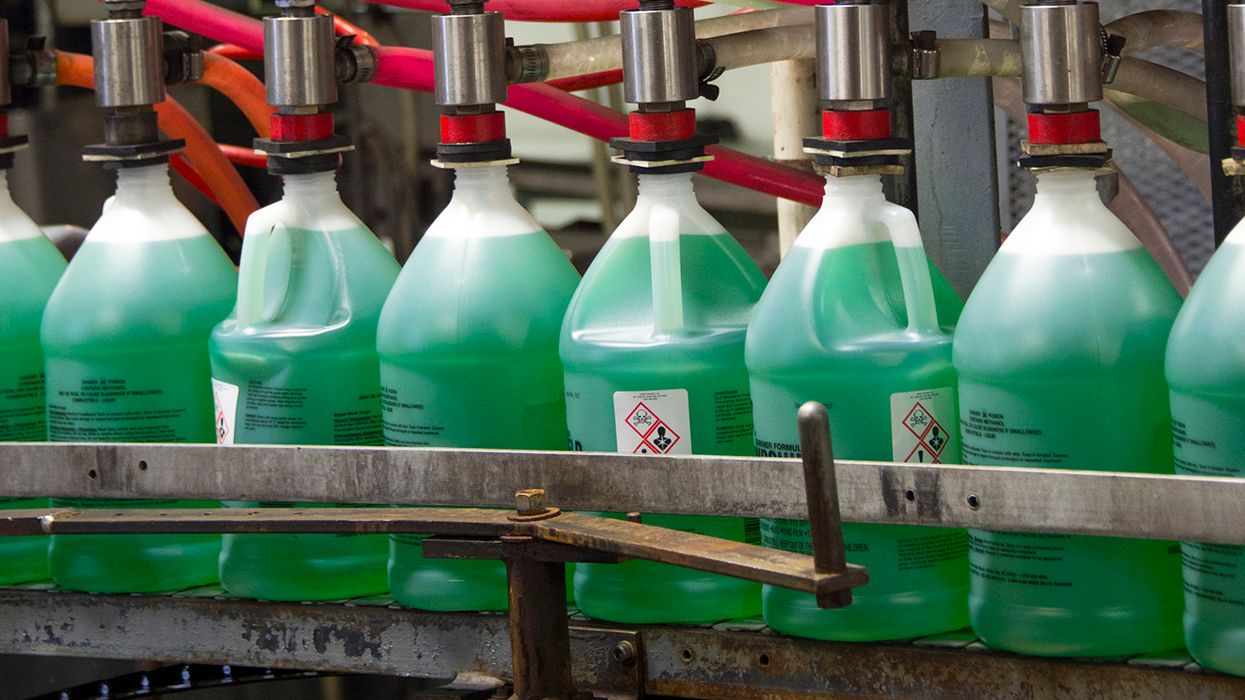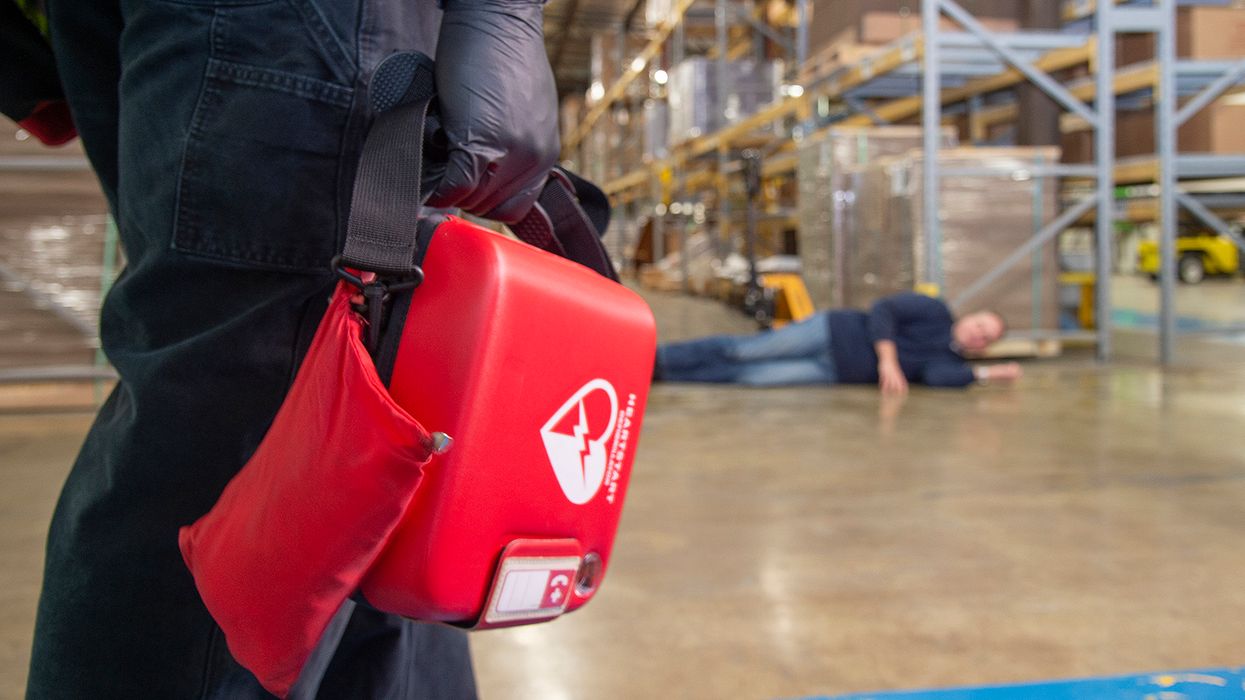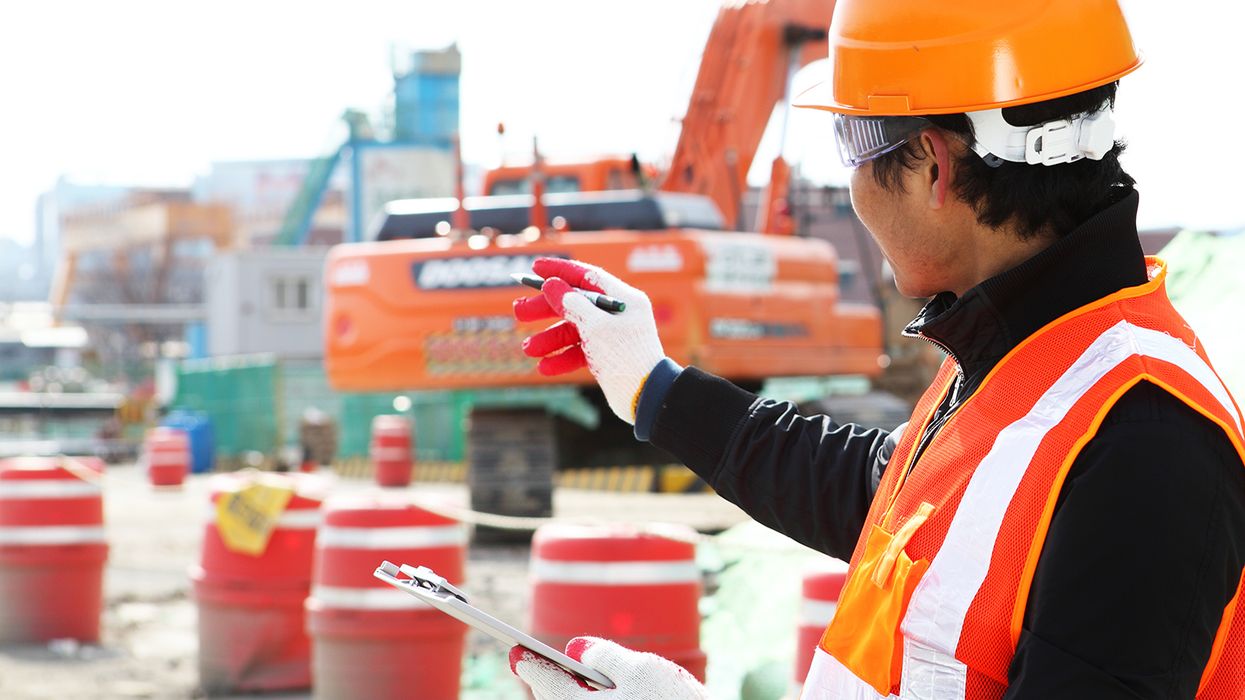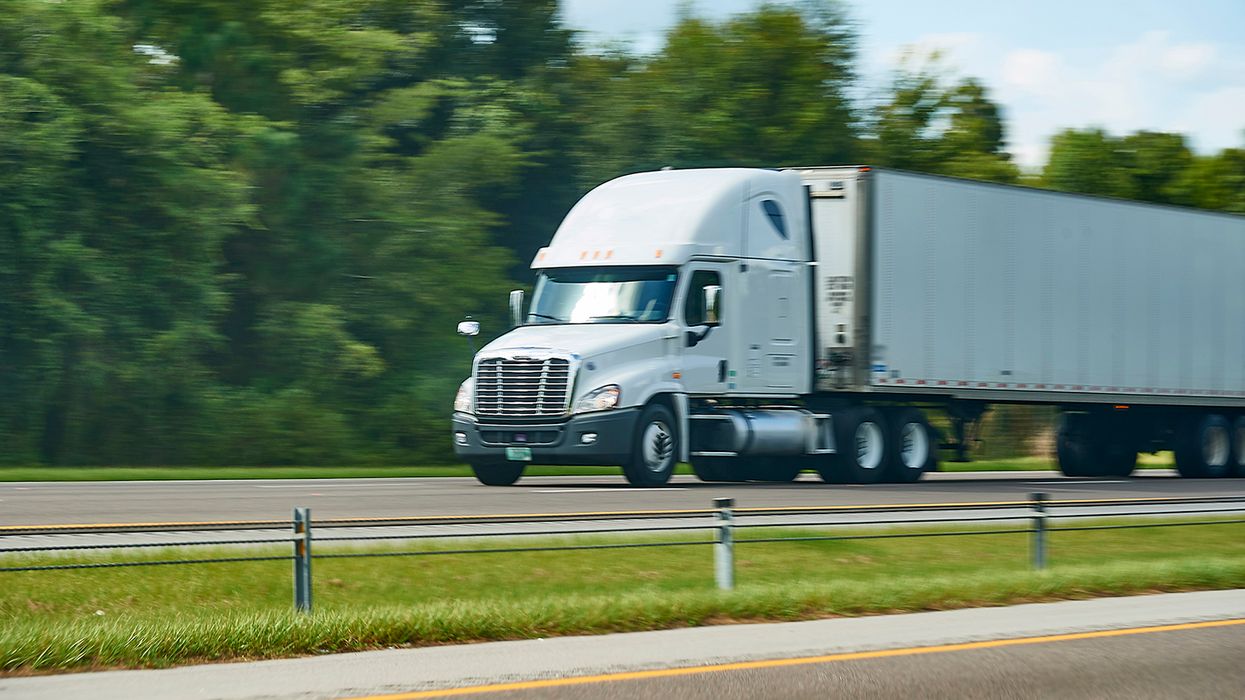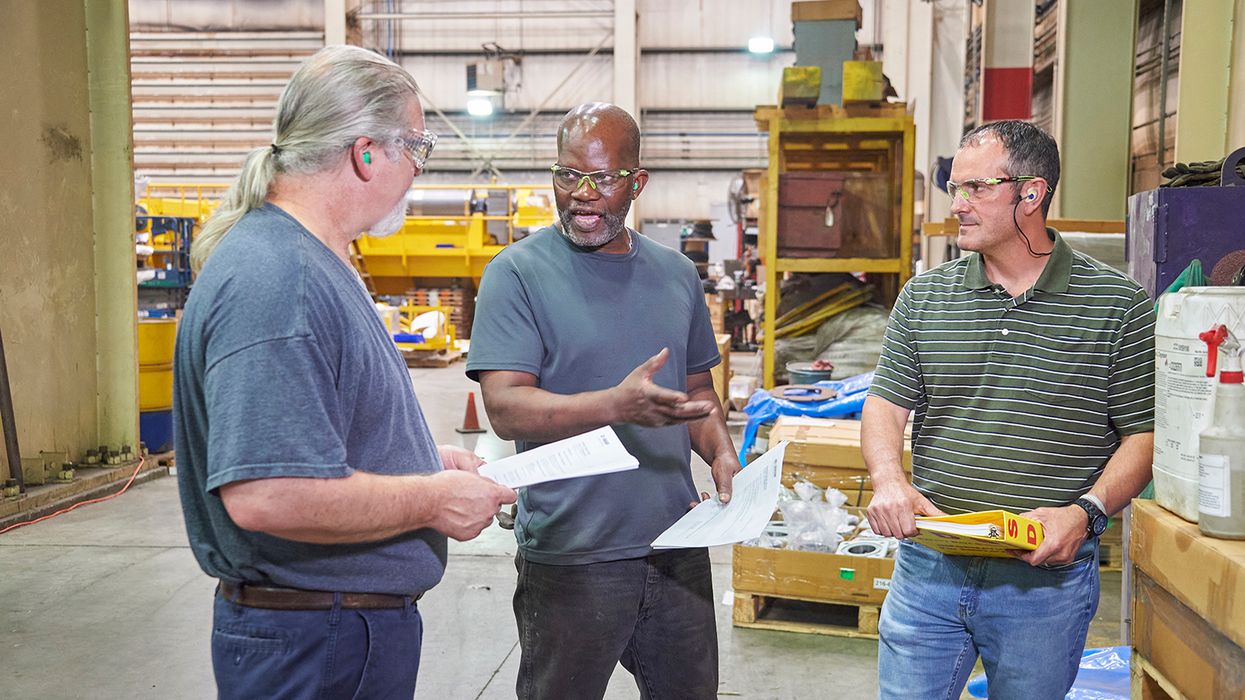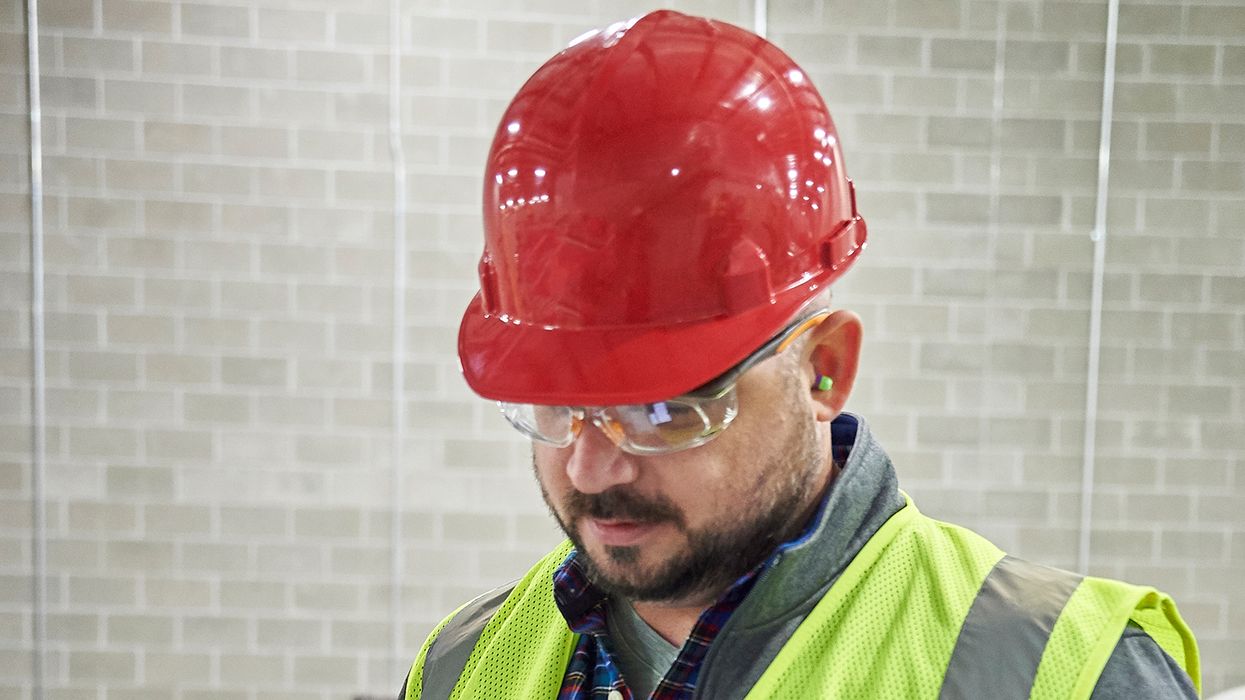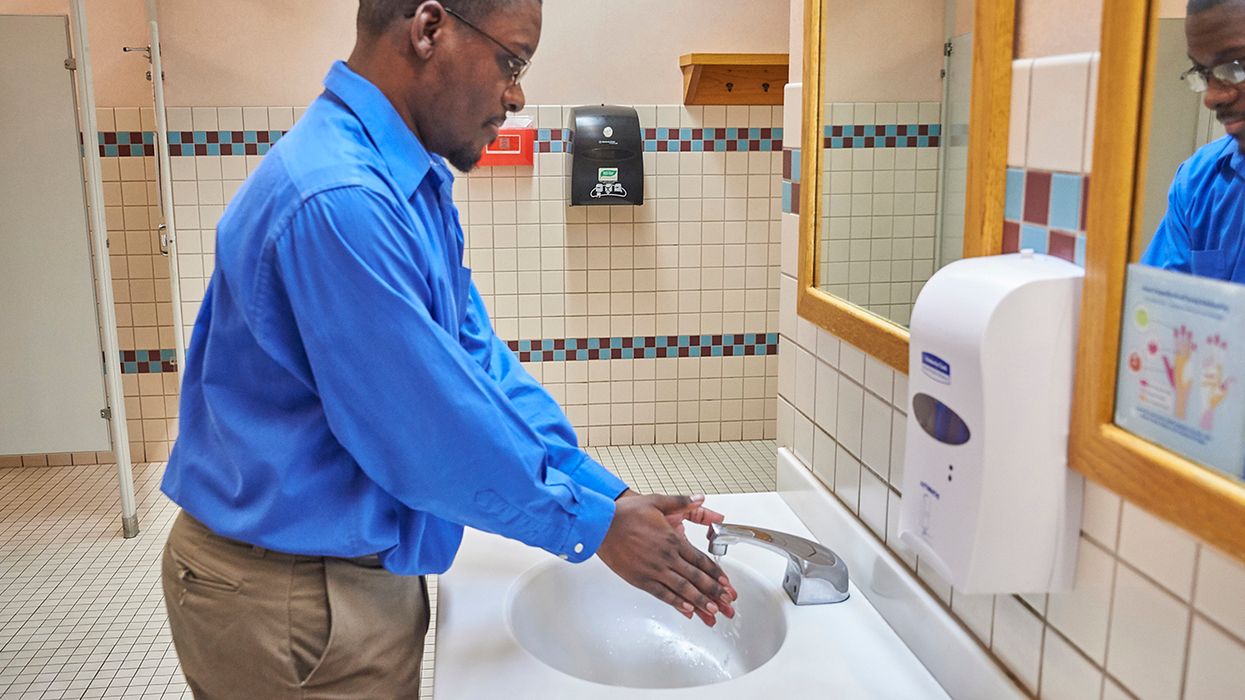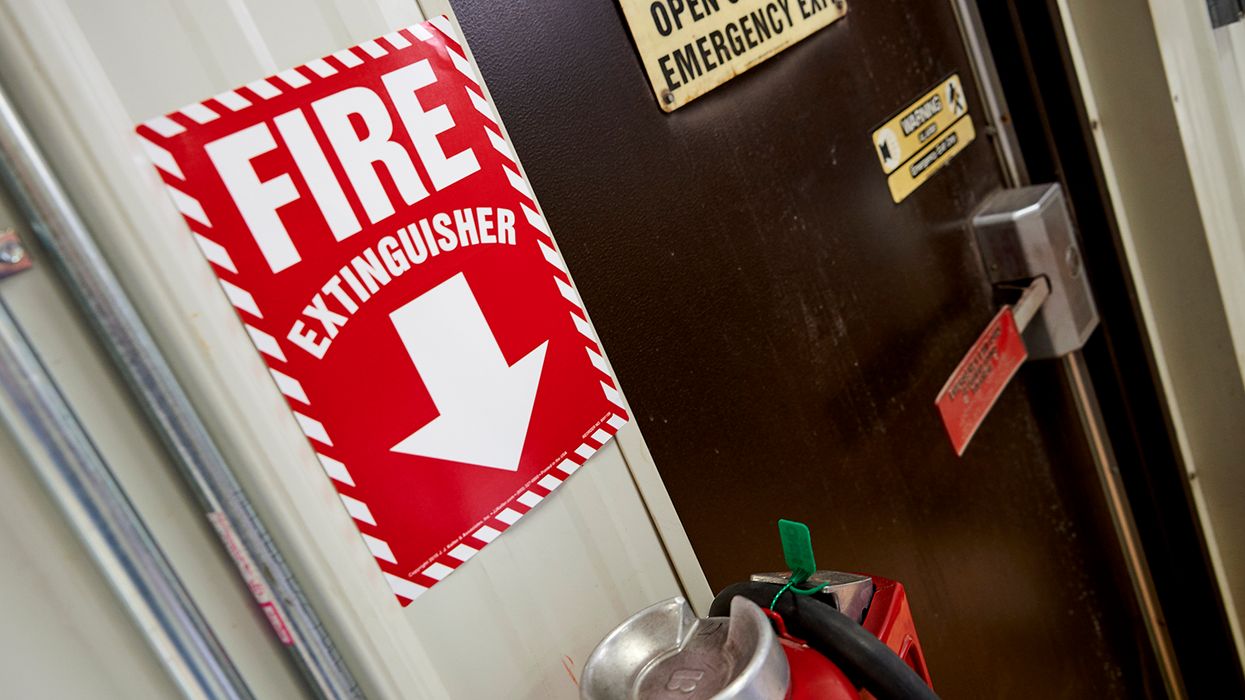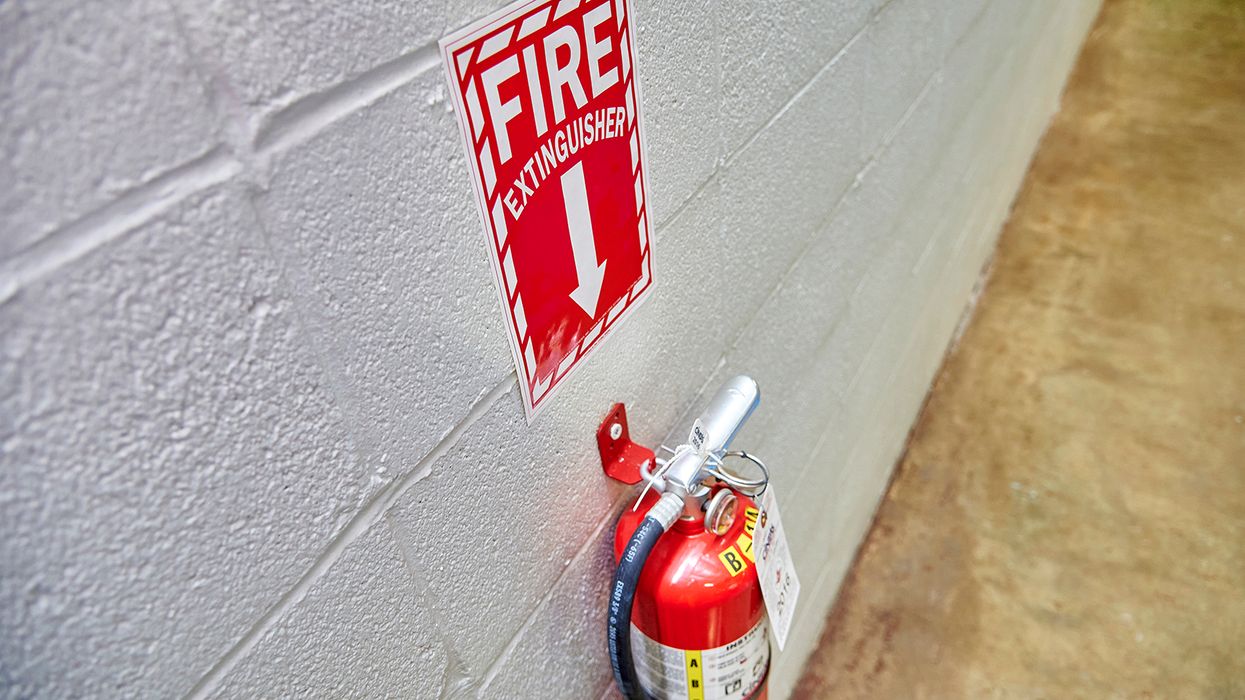Cargo securement: It’s for more than just flatbeds
A recent fatality in Washington State serves as a sad reminder that cargo securement is critical no matter what type of vehicle you operate.
The case involved a 63-year-old maintenance worker who died after being crushed in a commercial service truck by a stack of unsecured plywood.
A week prior to the incident, he had loaded 11 four- by eight-foot plywood panels in the back of an enclosed-body service truck, stacking them against the left side of the truck body with the long edge down, according to a report from the Washington State Department of Labor & Industries (L&I).
450 pounds
On the morning of the incident, he was in the back of the truck, positioned between the stack of plywood on the left and a dolly that was strapped to the right side of the vehicle. The unsecured stack of plywood — weighing about 450 pounds — tipped to the right and pinned the worker’s neck against a cross-brace on the dolly, rendering him unconscious. Efforts to revive him were unsuccessful, the L&I report says, and he was pronounced dead at the scene.
Why the plywood tipped over remains a mystery, but the fact remains that the fatality likely would not have occurred had the plywood been secured.
L&I investigators also discovered that unsecured lumber and ladders were lying on the truck floor, presenting a tripping hazard that could have contributed to the event.
All CMVs are subject
Federal regulations require that all cargo be secured when transported by commercial motor vehicle, even if the cargo is enclosed inside a truck body. The securement regulations in 49 CFR Part 393, Subpart I, apply to all vehicles operating in interstate commerce that weigh or are rated at 10,001 pounds or more, no matter the type of vehicle (e.g., service truck/van, dry van, flatbed, pickup truck, etc.).
Though state regulations may vary, Washington similarly requires cargo securement for vehicles over 10,000 pounds. For smaller vehicles, labor laws may require cargo securement as a worker-safety measure.
Steps to ensure safety
In response to the fatality, L&I made the following recommendations to keep workers safe:
- Ensure workers load plywood (and similar loads) flat and evenly on the truck floor and secure it with ratchet straps at multiple points.
- Use a panel rack or a separate trailer if truck floor space is limited or if hauling plywood frequently.
- Require workers to use a buddy system when loading and unloading heavy cargo.
- Develop a written accident prevention program that includes a cargo policy addressing the need to safely organize, secure, and store tools, equipment, and materials inside vehicle cargo spaces.
- Train workers in how to comply with securement regulations and company policies, and strictly enforce those policies.
- Perform a job-hazard analysis that assesses cargo-area hazards, identifies cargo organization and storage management solutions, and develops best practices, including daily checks to keep cargo secure, uncluttered, and easy to access.
- Update the job-hazard analysis when new vehicles with different cargo area designs are used and when new types of cargo are hauled.
Key to remember: A fatality involving unsecured plywood in the back of a service truck serves as a harsh reminder that cargo securement is vital no matter the type of vehicle or cargo involved.





